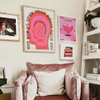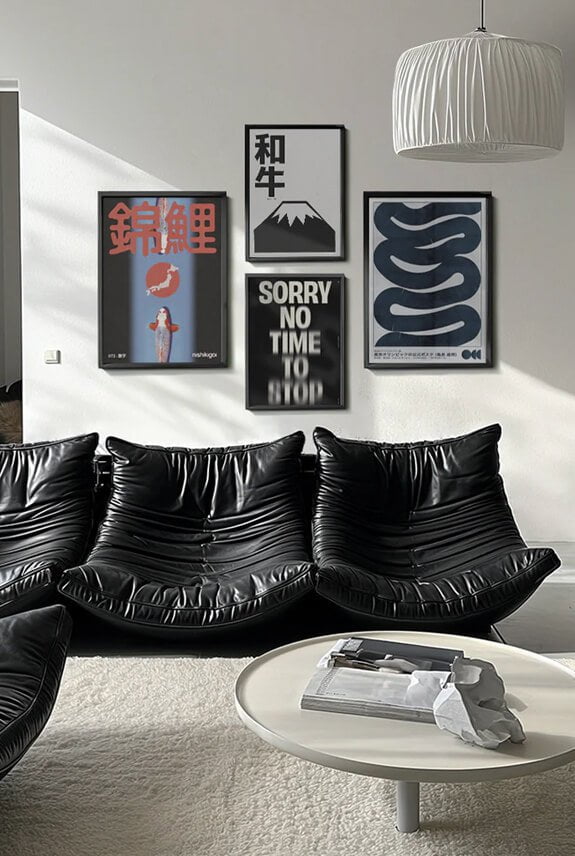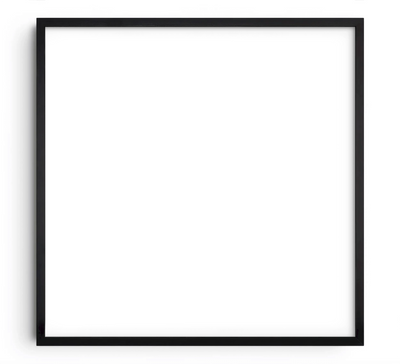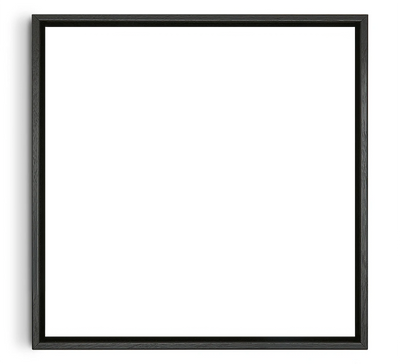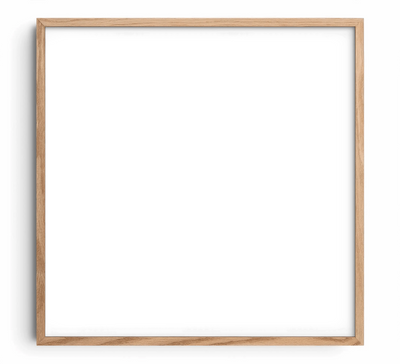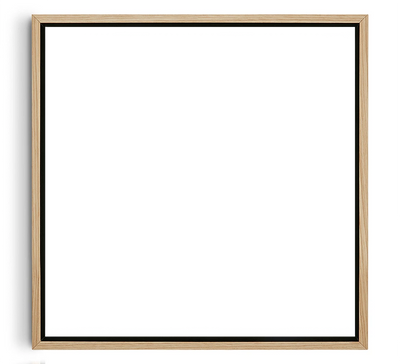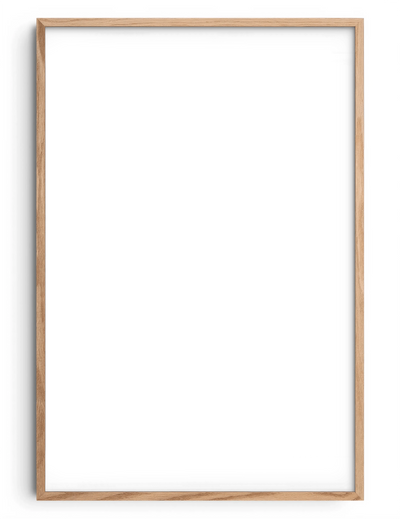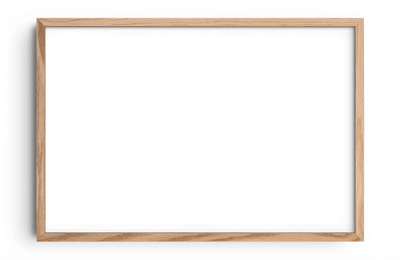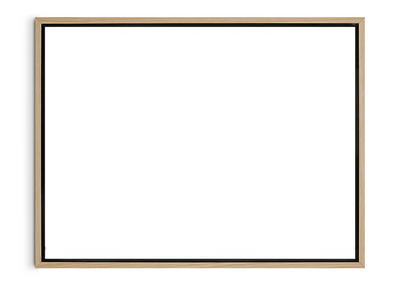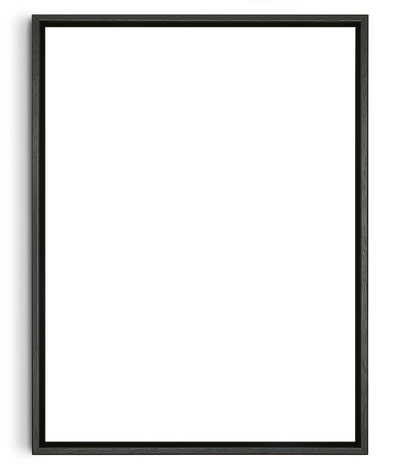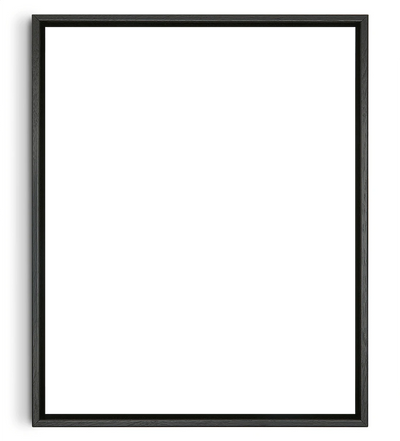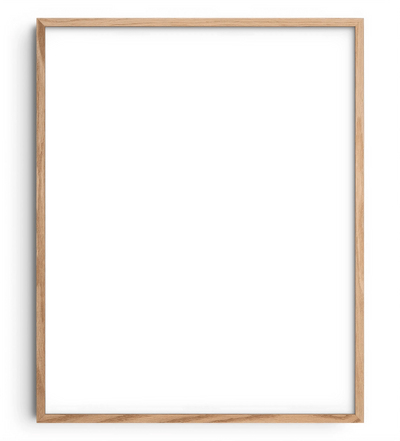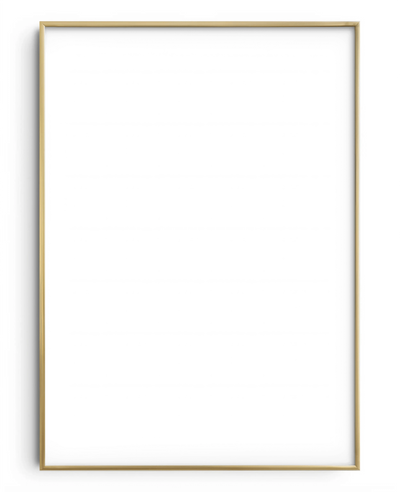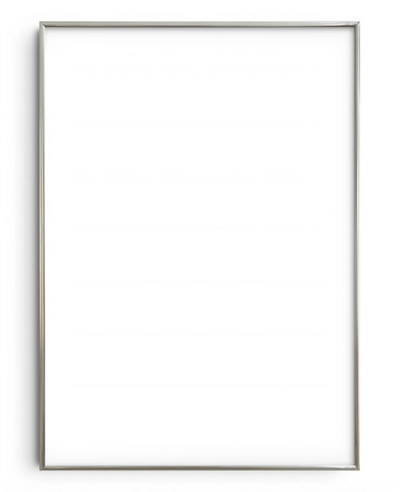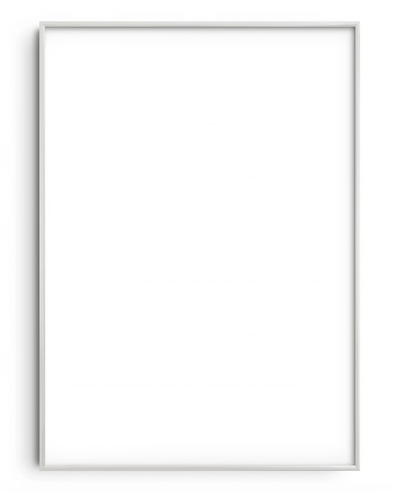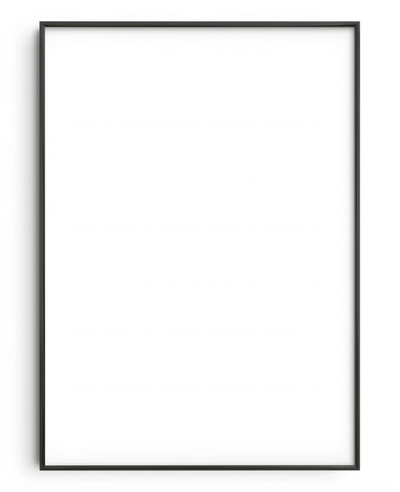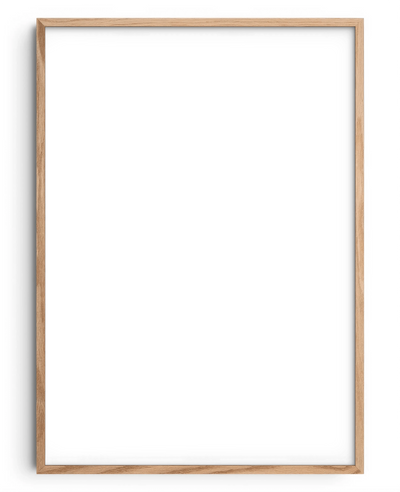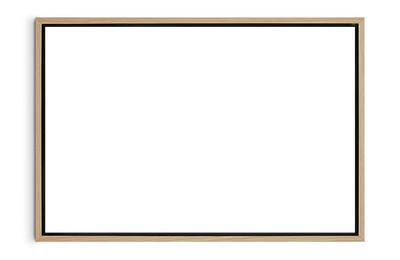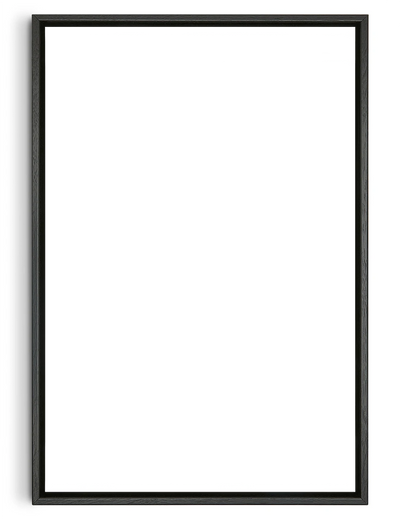When it comes to home design, even if you’re a beginner, it won’t be hard to start with tried-and-true principles of scale and proportion. Scale refers to the size of objects within a space, while proportion concerns the relationship between these sizes. Together, these concepts can determine how well your furniture, décor, and architectural elements fit together, effectively helping you create a more balanced and cohesive space for yourself.
If executed properly, design principles that pertain to scale and proportion can greatly enhance the functionality and aesthetic appeal of a room—making a small room feel more spacious, a large room more inviting, and the elements in either kind of space more harmonious and complementary to each other.
Want to know exactly how your knowledge of scale and proportion can improve the overall look and feel of your home? Here are some tips from DROOL Art that will be easy for you to apply, especially with interesting and eye-catching decorations like contemporary art prints and skateboard wall art:
1) Unify a Space Through Repeating Patterns and Shapes

One effective way to create harmony in a room is through the repetition of patterns and shapes, for example through fabrics, wallpapers, and decorative items. If these patterns and shapes are repeated at different scales, it can make the space feel more organised and aesthetically pleasing without necessarily overwhelming it or making it seem cluttered and one-note.
Remember that when you repeat patterns, you don’t have to match everything exactly. Rather, ensure that there’s some sort of visual link between different elements. For example, you can create a sense of rhythm and cohesiveness by repeating geometric patterns on throw pillows and runners. You can echo similar patterns in your choice of rugs, curtains, or art pieces on your gallery wall to tie the whole room together. Similarly, using square or rectangular forms in furniture and art can achieve a structured and cohesive look that looks effortlessly sophisticated—with minimal decorating work required on your part.
2) Scale Design Elements According to Room Size

To be even better at maintaining balance in your home design, choose the right-sized furniture and décor. In small rooms, for instance, opt for furniture that is appropriately scaled to avoid overcrowding the space. Choose a compact sofa with a streamlined design that can provide adequate seating without consuming half of the room. Avoid bulky furniture as well and instead opt for pieces with legs, which can make a space feel a lot more open.
Conversely, in larger rooms, don’t be afraid to use oversized pieces to make a statement. An oversized sectional sofa, for example, will make for a comfortable as well as comfy-looking seating area, while a large dining table can anchor the room. Consider mixing large pieces with smaller accents too, as this design choice can prevent a room from appearing too sparse.
3) Identify and Use a Focal Point

Another way that you can take advantage of the rules of scale and proportion is by identifying and utilising a focal point in a room. This can serve as the centre of interest in a room and can draw visitors’ attention to the best features of your space. The focal point of your room could be the fireplace, a piece of artwork, or a striking piece of furniture.
Once you know where you want to draw people’s eyes, arrange the room to highlight this feature and plan the size and placement of other objects accordingly. If the focal point of the room is the fireplace, for example, arrange appropriately sized seats around the area to create the perfect nook for coffee and cosy conversations.
You can also use lighting to draw attention to the spaciousness, openness, or intimacy of the area. Spotlights or track lighting can highlight your favourite artworks, while a chandelier can bring focus to a roomy dining table.
4) Apply the Rule of Thirds

The rule of thirds, borrowed from photography and art, can also be used as a guideline for adapting scale and proportion to your home design. Imagine dividing your space into a grid of nine equal parts, with two horizontal and two vertical lines. The key elements should be placed along these lines or at their intersections.
This may mean arranging furniture, art, and other key pieces off-centre. For example, instead of centring a sofa directly in front of a wall, place it in the room where it appears along one of the vertical lines of the grid. The sofa can be by the side to create a more dynamic and interesting composition than if it was merely in the centre, which is often a predictable choice.
5) Take Advantage of Negative Spaces

Negative space, or the empty areas around and between objects, can also work to your advantage. When properly utilised, negative space allows other elements in a room to breathe and be appreciated on their own. This technique can also make a small room feel larger and more open, and therefore more comfortable to stay in.
You can apply this strategy by leaving some areas free of furniture. For instance, in a living room, avoid placing furniture against every wall. Instead, create groupings of furniture with clear spaces around them.
Try another application of this strategy when arranging your gallery wall. Make sure to leave enough space between each piece of art to make it easier for the viewer to appreciate each one individually.
6) Incorporate Proportion in Colour and Texture

Proportion is not limited to physical objects alone. It can also be applied to colour schemes and textures. One effective way to achieve this is to balance bold colours with neutral tones. As a guide, use the 60-30-10 rule. This means 60 percent of the room should use a dominant colour, 30 percent a secondary colour, and the remaining 10 percent an accent colour.
Aside from using colour, you can also mix different textures to enhance depth and interest in your home’s interiors. Consider combining smooth, shiny surfaces with rough matte ones. For instance, a velvet sofa can be paired with a wool rug and silk cushions, creating a rich and varied tactile experience for the room’s occupants.
Consider these recommendations from DROOL to help you transform your home into a space that feels comfortable and liveable. Don’t let it stop there—while you can use the rules of scale and proportion to find a comfort zone of sorts in your design approach, don’t be afraid to experiment too to find out what works best for your home’s size, layout, and the overall atmosphere you want to create for it. And for beautiful art prints of various sizes, created by some of the most exciting up-and-coming grassroots artists, shop on DROOL now!






















